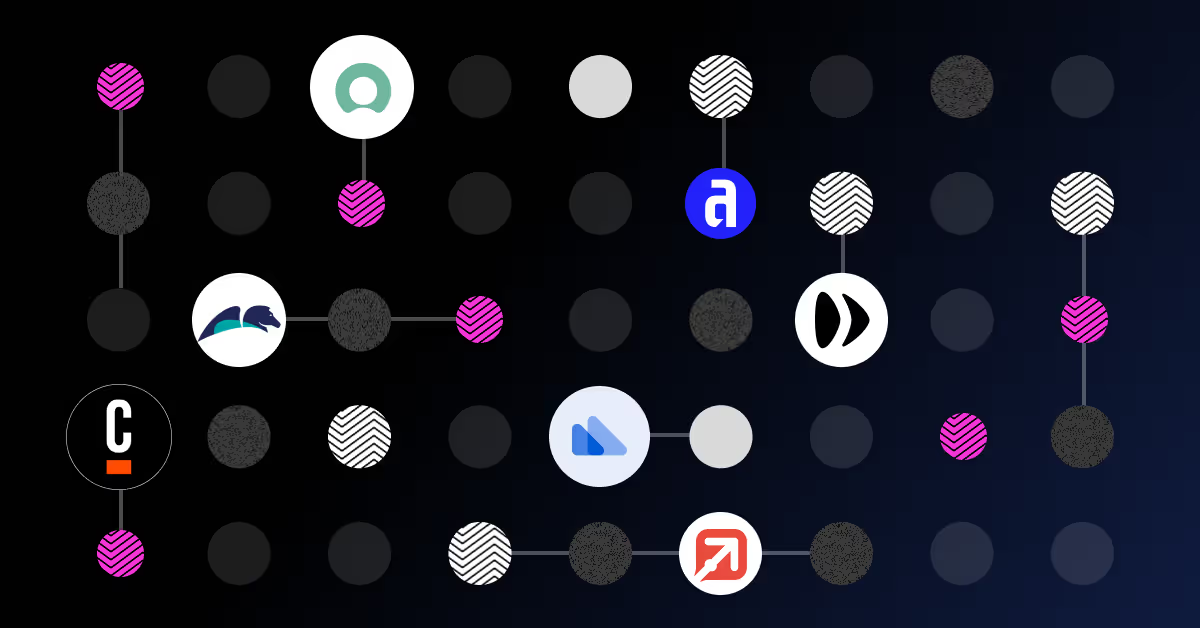Making digital transformation in banking a success

Digital transformation has become less an option and more an inevitability for the banking sector. The raft of new technologies being adopted across the industry has naturally led to a shift in customer expectations. Banking institutions must adapt to this new paradigm if they hope to keep up with the competition.
However, making a digital transformation project successful is not an easy undertaking. We’ve collated the most essential information needed to help banking leaders navigate potential pitfalls and achieve digital transformation excellence in banking.
The siren call for digital transformation in banking
Traditional banking providers are experiencing intense competition from the emergence of Fintech startups and tech companies that provide innovative financial solutions and outstanding user experiences. Younger customers are particularly likely to turn away from their existing banks, with 71% of millennials indicating they are likely to use digital-only banks for deposits in the future.
This disruption to the status quo means customer expectations have rapidly adjusted to demand round-the-clock accessibility, mobile banking, and simple transactions. To add to this challenging environment, banking institutions must abide by stringent and constantly morphing regulatory requirements around data protection and cybersecurity. Altogether, it’s an absolute necessity for banks to effect digital transformation in order to stay competitive and reap the benefits outlined below.
- Improved Customer experience: The ability to access accounts and manage personal finances anywhere and at any time is now expected. Through digital transformation, banks are creating mobile apps that make all this possible in the most user-friendly way.
- Operational efficiency: The automation of slow and error-prone processes delivers time and cost savings. The digitization of manual tasks, along with advanced data analytics opportunities, brings real-time insights that provide a clear overview of operations, issues, and areas for improvement.
- Competitive edge: Attracting new customers and retaining existing ones is a top motivation for banks investing in digital transformation projects. The market is competitive and customers have high expectations – staying ahead of the curve is integral for continued relevance in the sector.
- Data-driven decisions: Advancements in data analytics are now allowing for a greater understanding of customer behavior than ever before. The knowledge banks can obtain allows them to predict consumer behavior and identify lucrative opportunities for growth.
- Security and compliance: New technology solutions can automate regulatory compliance so that transactions are monitored and any suspicious activities are flagged. Automated processes also mean that data and reporting are more accurate. All in all, digital transformation significantly reduces the risks of non-compliance.
- Agility and innovation: A commitment to digital transformation nurtures a culture where constant innovation is a priority. Continuously listening to customer feedback and staying up to date with new technologies means that the work is never done. Instead, institutions keep evolving alongside the changing market and are able to adapt quickly to demands.

Key challenges in digital transformation
There are common roadblocks banking companies may encounter during a digital transformation project. Prepare for the eventualities we’ve listed below and use these actionable solutions to keep everything moving forward.
- Legacy systems integration: Most banking institutions have existing legacy systems that can cause compatibility problems when integrating new technology solutions. Cutting-edge platforms should be carefully vetted to confirm they will work with your existing systems. A technology-agnostic solution is the best answer to this problem.
- Change resistance: One of the main culprits for a faltering digital transformation project is internal resistance. Introducing new tech and processes may result in pushback from employees. To counteract this, clearly communicate the goals and benefits of the project. In addition, provide comprehensive and ongoing training so all staff feel confident with new systems.
- Cost management: Research by McKinsey found that 70% of digital transformation projects go over budget. Cloud-based services and pay-as-you-go models are great ways to ensure banks only pay for the services they use and can scale on demand.
- Data privacy and security concerns: Keeping customers' sensitive financial data safe is both a legal requirement and protects institutions against reputational damage from a breach. Multi-factor authentication, encryption, and regular audits will provide iron-clad security for your company’s data.
- Regulatory compliance: Failure to adhere to banking regulations can result in severe legal and financial repercussions. The adoption of compliance management tools automates many of the complex regulatory requirements and provides records of the measures taken for auditing purposes.
- Lack of expertise: Making a success of a digital transformation project requires guidance from experts in the field. This level of expertise is often scarce within traditional banking organizations, making it of utmost importance to hire or partner with external experts or invest in the upskilling of current employees.
Steps to ensure a successful digital transformation
Research shows that 70% of digital transformation projects fail. Follow these tactics to ensure your digital transformation achieves its aims unimpeded.
Leadership buy-in: Obtaining support from organizational leaders is the first step for a digital transformation project. The goals and benefits must be clearly communicated so the true value of the project is understood and consider using the example of digital transformation in similar organizations to underline its importance.
Cultural transformation: Digital transformation is about more than just software. It requires a shift in culture where innovation becomes part of the ethos of an organization. Invest in training programs to improve digital literacy, share the vision for digital transformation, and highlight how everyone can contribute to its success.
Customer-centric approach: At the center of any digital transformation project should be the customer. Map out the entire customer journey to understand their experience and establish clear channels for customer feedback.
Assessment and planning: Conduct a comprehensive evaluation of the current infrastructure, processes, culture, and performance. Next, define the objectives of the project and create a roadmap that details each step of the journey. Finally, outline the budget and necessary resources for its completion.
Technology selection: Choose the right technology solutions for your banking organization’s unique needs. It is not one-size-fits-all, so consider the size of your organization, compatibility with existing systems, cost, and scalability.
Implementation and monitoring: It’s a good idea to start introducing changes slowly, starting with one area or process. Once implemented, conduct thorough testing to identify any issues. If all goes well, you can roll it out whilst continuing to monitor and make improvements.
Measuring success: Decide how you are going to measure the success of your project. Defining KPIs, such as efficiency goals or cost savings, allows for the clear evaluation of progress and where strategies should be adapted for the best possible outcomes.
Leveraging workflow orchestration tools
Workflow automation tools, such as Enate, offer a centralized platform through which to manage and optimize banking operations. They integrate with existing legacy systems, streamline task coordination, and provide automation opportunities. As a single source of truth, organizations can gain x-ray vision into their operations and achieve optimum benefits in cost savings and efficiency.
About Enate
Enate’s end-to-end workflow orchestration platform provides a comprehensive solution to the challenges of digital transformation in banking. Technology agnostic, Enate wraps around your current stack for a seamless transition. Our solution allows you to automate banking processes. Make your banking operations faster and more agile with Enate. Discover Enate for banking.




